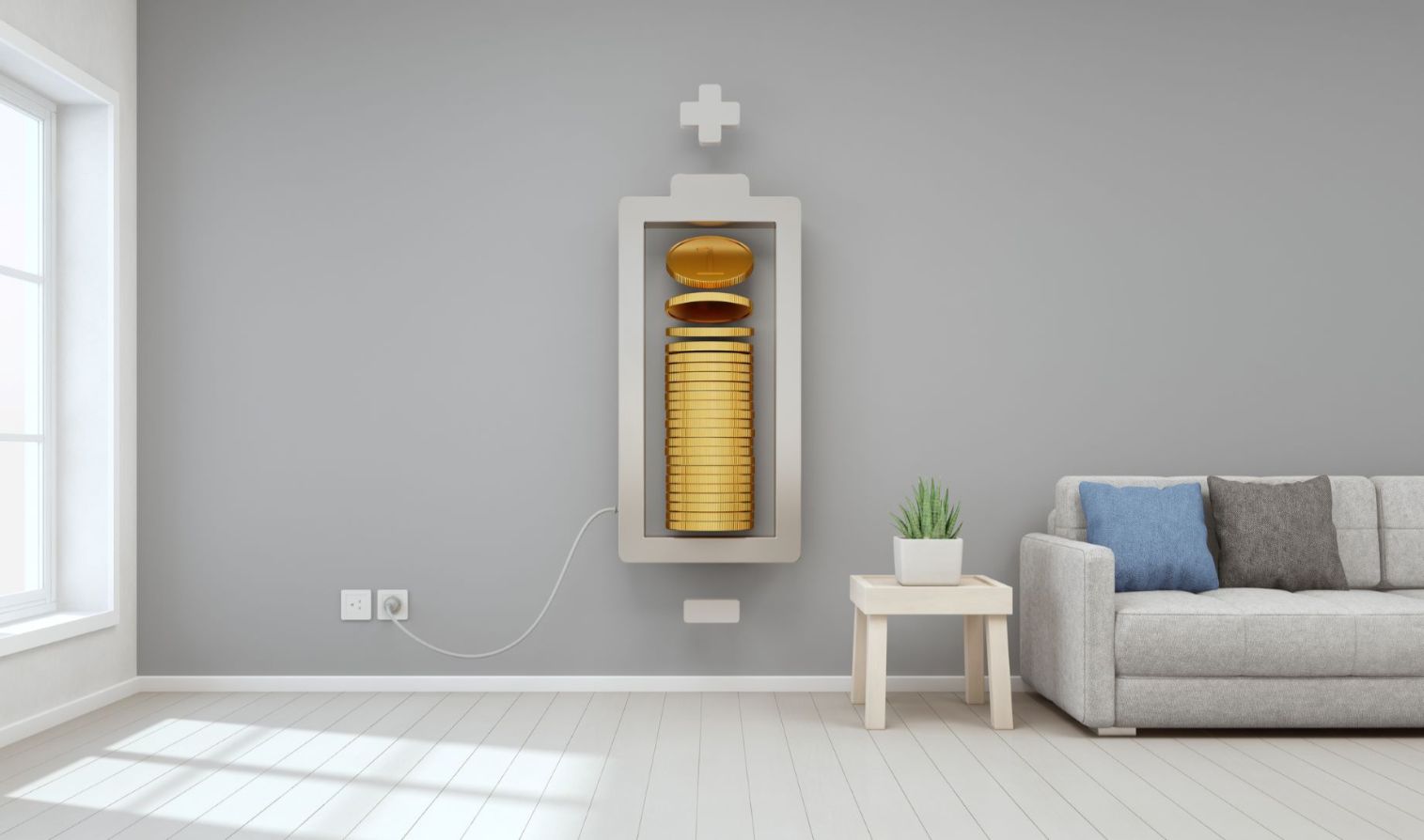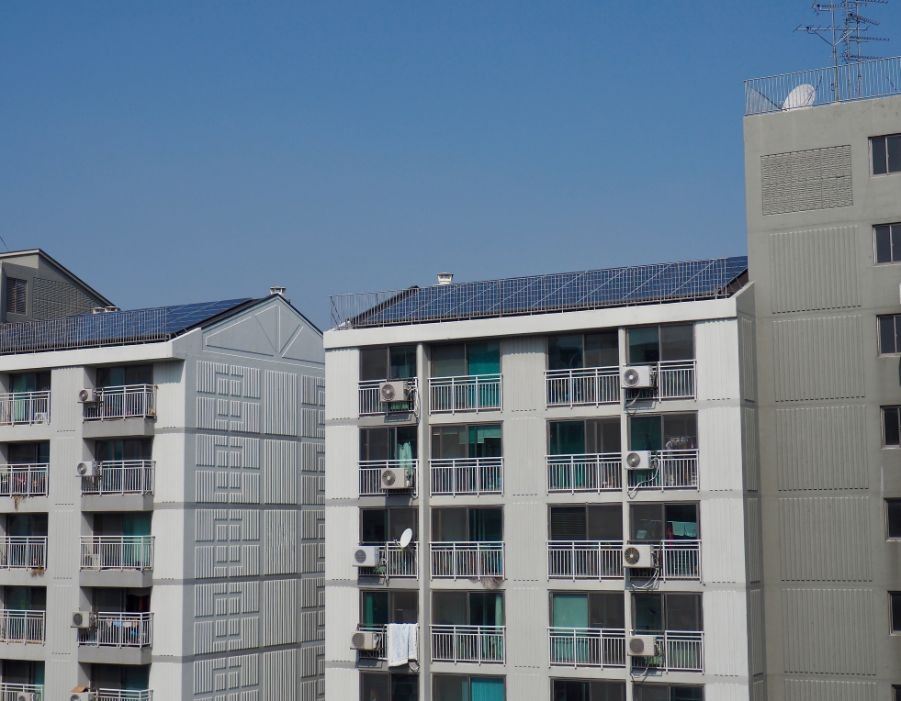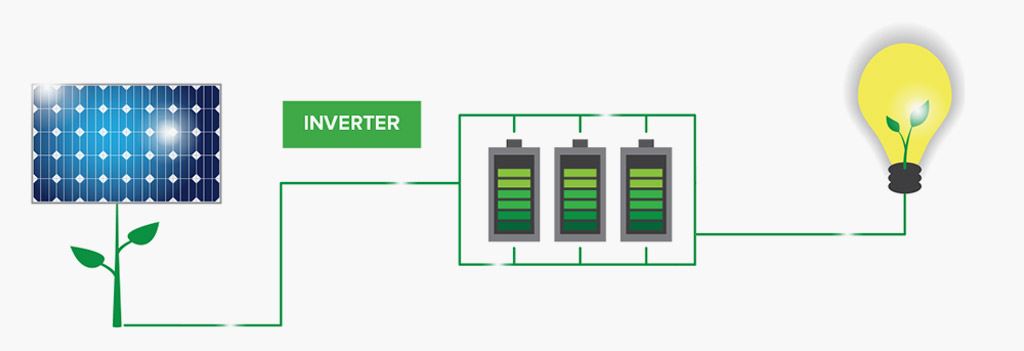South Australian Home Battery Scheme To Expand To Rental Properties, Aged Care Facilities and Property Developers.

The South Australian Government is looking to expand the Home Battery Scheme to rental properties, aged care facilities and property developers, giving them the ability to access the $6000 capped battery subsidy and low interest loans for solar and battery. The extension of the scheme came up for discussion after the low volume of subsidies that have been claimed under the scheme so far and following feedback from apartment occupiers and tenants calling to be included in the scheme.
“We’ve had feedback from the community that those who are renting and in apartments want to benefit from new technologies such as batteries. We want to extend the benefits to even more South Australiansâ€Â
“With 25 percent of South Australians renting, we know there are many more people who could be benefiting from the energy savings delivered by battery technology.†Minister for Energy Dan van Holst Pellekaan.
South Australian Home Battery Scheme
The Home Battery Scheme was launched back last October and had the goal of providing 40,000 households within South Australia, subsidies up to $6000, to help pay for the installation of home battery systems as an additional component to their current or new solar PV system.
Additional finance was also released under the scheme through Plenti to help households pay for the remaining balance of the subsidised battery and new or additional solar system if required.
The Scheme was designed to reduce electricity prices for all South Australians by reducing demand on the network during the afternoon peak. Since the launch in October only 2,300 subsidies have been approved with approximately 1,500 batteries installed and 800 awaiting installation.
“Close to 70 percent of customers who have purchased a battery through the scheme had solar panels installed before applying for the subsidy.†Minister van Holst Pellekaan
The Expansion of the Home Battery Scheme

While no dates for the expansion of the Scheme have been announced, planning is well and truly on it’s way with the first priority being apartment blocks.
“The first priority will be to open up the program to the common area of apartment blocks, so that those in apartments can start benefiting from bill savings and supporting the grid. We’re also looking at people who don’t have an individual electricity meter but use power, such as in some retirement villages or supported accommodation, and how those sites can participate.” Minister for Energy Dan van Holst Pellekaan.
Can You Benefit From Battery

For a battery to be useful, a solar system needs to be generating excess energy during the day for the battery to store. This excess energy is there to run appliances at night or when the sun is not out. If you have a solar system without battery your home will run off the grid during these times and any excess energy will be fed to the grid in return for a feed-in tariff.
Adding a battery to your solar system is the next step for energy independence, however the benefits of batteries are still secondary to the benefits of installing a solar system. For some households adding a battery system can be of great benefit and minimise a home’s reliance on the grid or allow you to become 100% independent from the grid as part of a standalone (off-grid) system. For others the cost of a battery can outweigh the benefits especially if you have a solar system under 5kW or your system is not generating excess energy.
Further Benefits
Adding a battery to a solar system can provide additional benefits, but its usefulness depends on several factors. The primary requirement for a battery to be beneficial is the generation of excess energy by the solar system during the day. This surplus energy can be stored in the battery and utilised during periods when the sun is not shining, such as at night.
Without a battery, a solar-powered home relies on the grid during times of low or no solar generation. Any excess energy produced by the solar system is fed back into the grid, often earning a feed-in tariff. In this scenario, the grid acts as a backup power source.
By integrating a battery into the solar system, homeowners can enhance their energy independence. The stored energy can be used to power appliances and meet household electricity needs during times when solar generation is insufficient. In some cases, a battery system can significantly reduce reliance on the grid or even enable a complete break from it, allowing for a standalone (off-grid) system.









